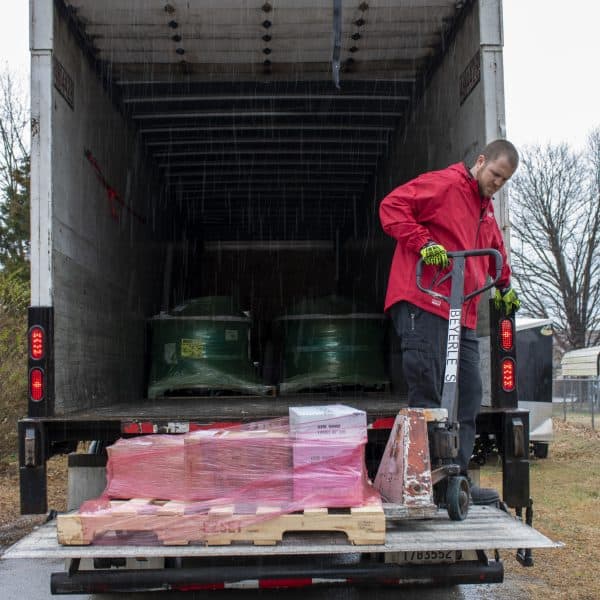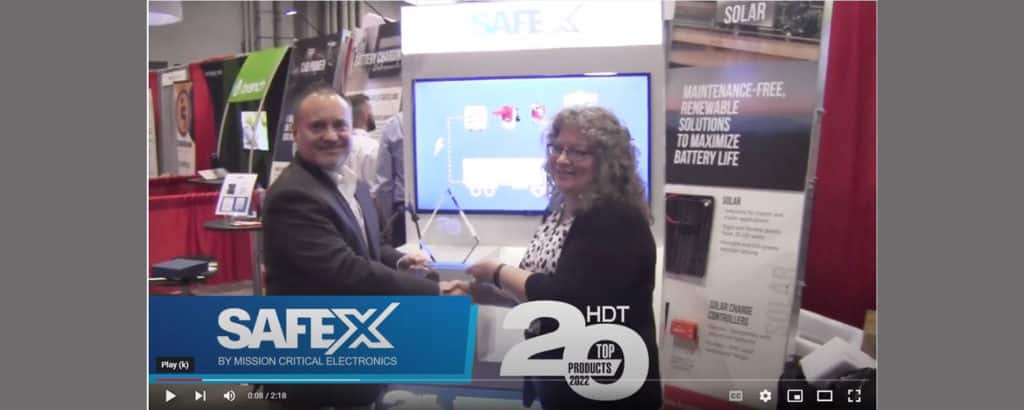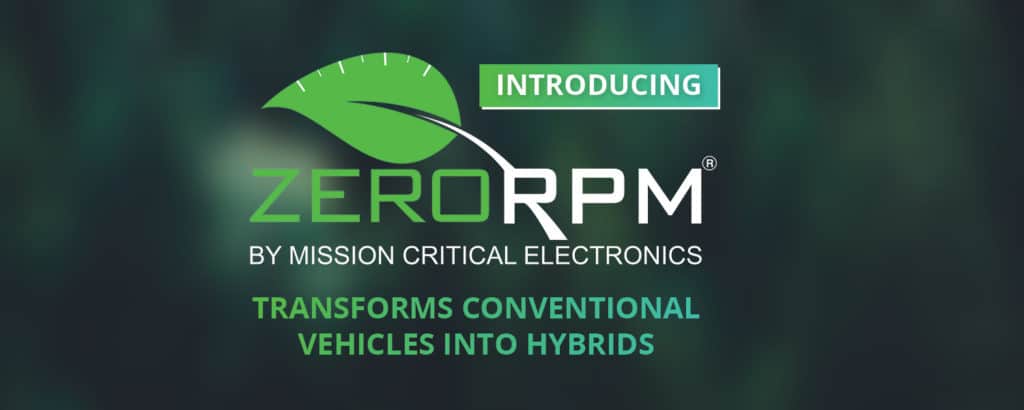
Liftgates of all makes and models are an important part of many drivers’ routines. Regardless of liftgate type, all liftgates occasionally encounter a performance issue. Of all the possible performance issues, according to Anton Griessner (vice president of marketing and business development for Maxon Lift Corp.) in a recent interview with Fleet Maintenance Magazine, “80% of the issues [Maxon] customers deal with tie to low voltage.”
80%. That’s a big percentage. And it’s not really all that surprising. As cities work to improve their air quality by implementing practices such as anti-idling laws, truck drivers are left to depend solely on auxiliary liftgate batteries to power their liftgates for deliveries, as they can not run the tractor while unloading.
The problem with this is evident in the following common scenario:
An inner-city driver picks up their load in the morning and proceeds to go through their delivery route. While making each delivery, they use the liftgate 5 or 6 times to unload, then stow the liftgate. They drive to their next stop a couple miles down the road. Once again, they use the liftgate 5 or 6 times and stow the liftgate. The cycle repeats for the better part of the day.
But what happens to the auxiliary liftgate batteries during this scenario? The batteries may start out the day fully charged, but they become more and more depleted as the day goes on. This is because they only get the brief time between stops to charge; meaning they do get some charge from the tractor, but not enough to fully recharge them. By the end of the day, they are either completely depleted or nearly so.
This can mean a variety of things. Maybe the gate won’t go down, or it gets stuck in the down position. Maybe it just runs super slow. However, those aren’t the only possible outcomes that can come of having low voltage. Low voltage can burn out motors, solenoid switches and harnesses, or cause eventual failure in various parts of the electrical system.
Good maintenance can prevent some of these issues. Check electrical connections and grounds to make sure they are tight and clean of corrosion—connections should be “bright and tight.” Auxiliary batteries should also be load tested once or twice a year, just like tractor or reefer batteries.
However, aside from preventative maintenance, the biggest way to ensure your liftgate batteries have the charge they need is to give them a dedicated charging system. At Purkeys, we offer two types of systems to resolve this issue: solar and DC/DC converter-based systems.
Solar systems are popular because they represent “green” technology and sustainability. Our larger solar system, the Solar Bolt™, comes in 100 watt increments, up to 400 watts. It integrates into the truck electrical system and uses solar energy to keep liftgate and auxiliary batteries charged. For more information, visit the Solar Bolt page.
DC/DC converter-based systems boost voltage through a DC/DC converter to more quickly fully charge liftgate batteries and to overcome the voltage drop from the tractor to the liftgate batteries. We offer several options of these systems to meet trailer specifications and power needs with our Select™ and Direct™ liftgate charging lines. These systems are integrated into a nosebox (7-way, 7-way and dual pole, dual pole, or dual pole and single pole) in order to save valuable space on the front of the trailer. For more information, visit the liftgate charging pages or contact us today!







